Lithium-ion batteries power nearly every device we rely on daily—from smartphones and laptops to electric vehicles and renewable energy systems.
But not all lithium-ion batteries are created equal. The chemistry behind each type influences its performance, safety, lifespan, and cost.
Whether you're replacing a battery in your favorite gadget or considering a battery for a larger application like an electric vehicle or solar energy storage, knowing the differences between lithium-ion battery types can help you make an informed choice.
Table of Contents
- What Are Lithium-Ion Batteries?
- How Do Lithium-Ion Batteries Work?
- Types of Li-Ion Battery Models
- How to Choose the Right Li-Ion Battery Type
- Why Choose EBL’s Rechargeable Batteries?
- FAQ
What Are Lithium-Ion Batteries?

Lithium-ion (Li-ion) batteries are rechargeable power sources in portable electronics, electric vehicles, and energy storage systems.
They operate by moving lithium ions between the anode and cathode during charging and discharging cycles.
The performance and safety of these batteries depend significantly on their chemical composition.
How Do Lithium-Ion Batteries Work?
At the core of a lithium-ion battery are two electrodes: the anode (typically graphite) and the cathode (made from various lithium metal oxides).
During charging, lithium ions move from the cathode to the anode through the electrolyte.
Upon discharging, these ions flow back to the cathode, releasing energy to power your device.
Types of Li-Ion Battery Models
Lithium-ion (Li-ion) batteries come in various chemistries, each tailored for specific applications.
1. Lithium Cobalt Oxide (LCO)
- Energy Density: High
- Cycle Life: Moderate
- Applications: Smartphones, laptops
- Pros: Compact size, high energy capacity
- Cons: Lower thermal stability, higher cost
2. Lithium Manganese Oxide (LMO)
- Energy Density: Moderate
- Cycle Life: High
- Applications: Power tools, medical devices
- Pros: Enhanced thermal stability, safer
- Cons: Lower energy density
3. Lithium Iron Phosphate (LFP)
- Energy Density: Lower
- Cycle Life: Very High
- Applications: Electric vehicles, energy storage systems
- Pros: Excellent thermal stability, long lifespan
- Cons: Lower energy density
4. Lithium Nickel Manganese Cobalt (NMC)
- Energy Density: High
- Cycle Life: High
- Applications: Electric vehicles, grid storage
- Pros: Balanced performance, high capacity
- Cons: Higher cost
5. Lithium Nickel Cobalt Aluminum Oxide (NCA)
- Energy Density: Very High
- Cycle Life: High
- Applications: Electric vehicles
- Pros: High energy capacity
- Cons: Expensive, uses cobalt
6. Lithium Titanate (LTO)
- Energy Density: Lower
- Cycle Life: Extremely High
- Applications: Fast-charging applications, military
- Pros: Ultra-fast charging, long lifespan
- Cons: Lower energy density
| Battery Type | Nominal Voltage | Energy Density | Cycle Life | Thermal Stability | Common Applications | Pros | Cons |
|---|---|---|---|---|---|---|---|
| LCO (LiCoO₂) | 3.6V | 150–200 Wh/kg | 500–1,000 | Moderate | Smartphones, laptops, cameras | High energy capacity | Expensive, less safe |
| LMO (LiMn₂O₄) | 3.7V | 100–150 Wh/kg | 300–700 | High | Power tools, medical devices | Safer, cost-effective | Lower capacity |
| LFP (LiFePO₄) | 3.2V | 90–120 Wh/kg | 2,000+ | Very High | Electric vehicles, energy storage | Long lifespan, safe | Lower energy density |
| NMC (LiNiMnCoO₂) | 3.6V | 150–220 Wh/kg | 1,000–2,000 | High | Electric vehicles, grid storage | High capacity, balanced cost | Expensive |
| NCA (LiNiCoAlO₂) | 3.6V | 200–250 Wh/kg | 1,000–2,000 | High | Electric vehicles | Very high capacity | Expensive, uses cobalt |
| LTO (Li₄Ti₅O₁₂) | 2.4V | 50–80 Wh/kg | 3,000–7,000 | Extremely High | Fast-charging applications, military | Ultra-fast charging, long life | Low capacity, high cost |
How to Choose the Right Li-Ion Battery Type

Selecting the appropriate lithium-ion (Li-ion) battery involves evaluating several key factors to ensure optimal performance, safety, and cost-effectiveness for your specific application. Here's a breakdown of the essential considerations:
1. Consider Your Device's Power Requirements
Match the battery's energy density with your device's needs. High-energy-density batteries are suitable for power-hungry devices like electric vehicles, while lower-energy-density batteries may suffice for less demanding applications.
2. Evaluate Safety Concerns
Choose batteries with higher thermal stability for safety. Batteries like Lithium Iron Phosphate (LFP) offer excellent thermal stability, reducing the risk of thermal runaway and enhancing overall safety.
3. Assess Cost vs. Performance
Balance between battery cost and desired performance. While high-performance batteries like Lithium Nickel Manganese Cobalt Oxide (NMC) offer superior energy density, they come at a higher cost. Consider your budget and performance requirements when making a choice.
4. Think About Lifespan
Longer cycle life can reduce replacement frequency. Batteries like LFP offer extended cycle life, making them a cost-effective choice in the long run despite their lower energy density.
| Battery Type | Energy Density | Thermal Stability | Cycle Life | Cost | Common Applications |
|---|---|---|---|---|---|
| LCO | High | Moderate | 500–1,000 | High | Smartphones, laptops |
| LMO | Moderate | High | 300–700 | Moderate | Power tools, medical devices |
| LFP | Lower | Very High | 2,000+ | Low | Electric vehicles, energy storage |
| NMC | High | High | 1,000–2,000 | High | Electric vehicles, grid storage |
| NCA | Very High | High | 1,000–2,000 | Very High | Electric vehicles |
| LTO | Very Low | Extremely High | 3,000–7,000 | High | Fast-charging applications |
Why Choose EBL’s Rechargeable Batteries?

When selecting rechargeable batteries, EBL stands out for its commitment to quality, safety, and environmental responsibility. Here's why EBL is a preferred choice for many consumers:
Eco-Friendly: Commitment to Sustainability
EBL is dedicated to producing batteries that reduce environmental impact. Their batteries are designed to be recyclable, aligning with global efforts to minimize electronic waste. By choosing EBL, consumers contribute to a more sustainable future.
High Performance: Long-Lasting Power
EBL's rechargeable batteries are engineered for high performance. These batteries are ideal for high-drain devices like digital cameras, gaming controllers, and remote controls.
With low self-discharge technology, EBL batteries retain up to 80% of their capacity even after three years of storage, ensuring reliable power when needed.
Safety First: Enhanced Thermal Stability
Safety is a top priority for EBL. Their batteries are equipped with built-in protection circuits to prevent overcharging, over-discharging, and short circuits. This design enhances thermal stability, reducing the risk of overheating and ensuring safe operation in various devices.
Cost-Effective: Competitive Pricing Without Compromising Quality
EBL offers high-quality rechargeable batteries at competitive prices, providing excellent value for consumers. Their batteries are designed for longevity, with up to 1200 recharge cycles, reducing the need for frequent replacements and offering long-term cost savings .
FAQ
Q1: What type of lithium-ion battery is best?
The best type depends on your specific needs. For high energy density, LCO is suitable; for safety and longevity, LFP is ideal.
Q2: Is LiFePO₄ better than lithium-ion?
LiFePO₄ (LFP) is a type of lithium-ion battery known for its safety and long cycle life, making it a preferred choice for certain applications.
Q3: What's the difference between a lithium battery and a lithium-ion battery?
Lithium batteries are non-rechargeable, while lithium-ion batteries are rechargeable and have a longer lifespan.
Q4: What is the difference between lithium-ion 18650 and AA batteries?
18650 batteries are larger, rechargeable, and commonly used in laptops and electric vehicles, whereas AA batteries are smaller, disposable, and used in household devices.
Q5: Is it okay to leave a lithium-ion battery on the charger overnight?
It's generally safe due to built-in protection circuits, but it's advisable to unplug once fully charged to prolong battery life.

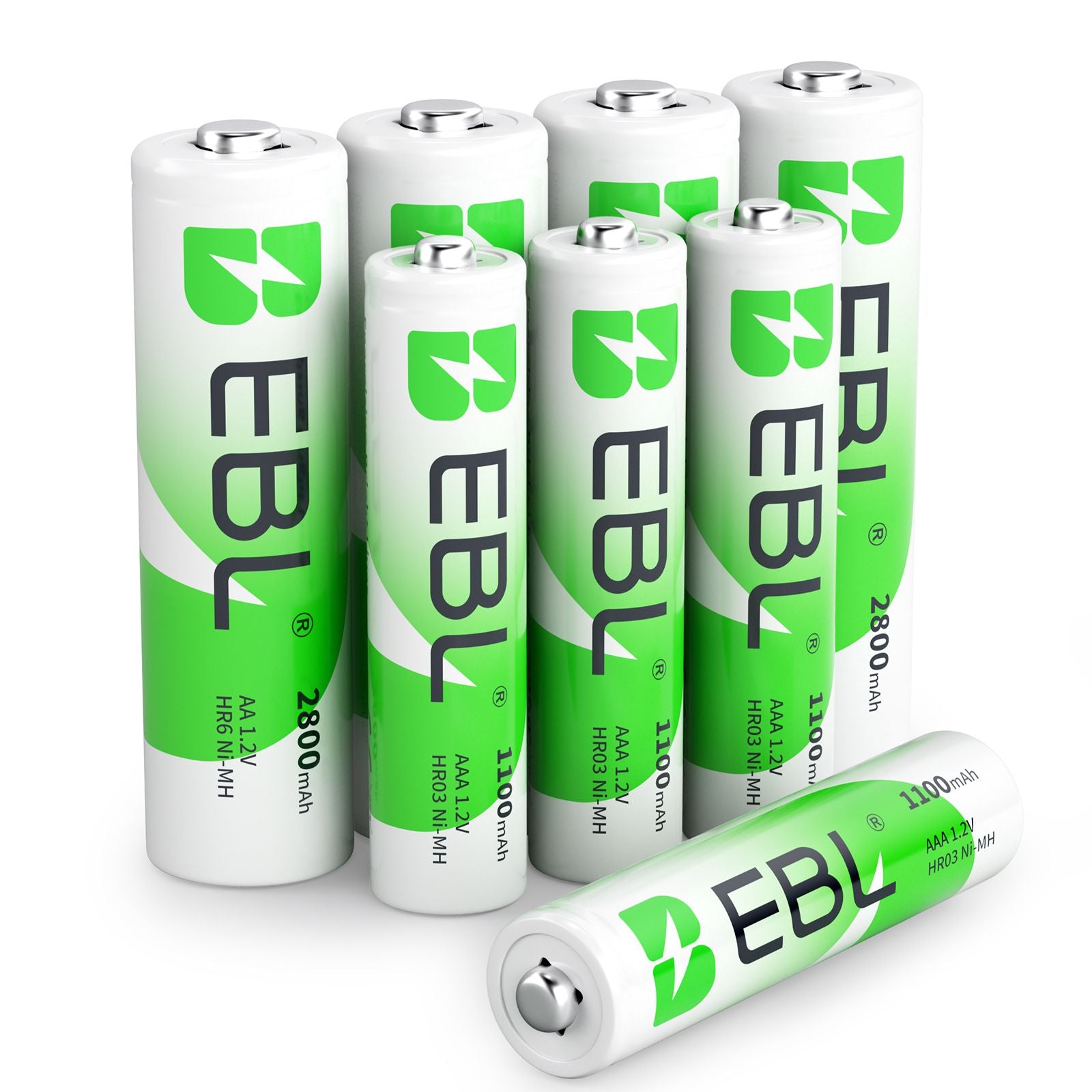
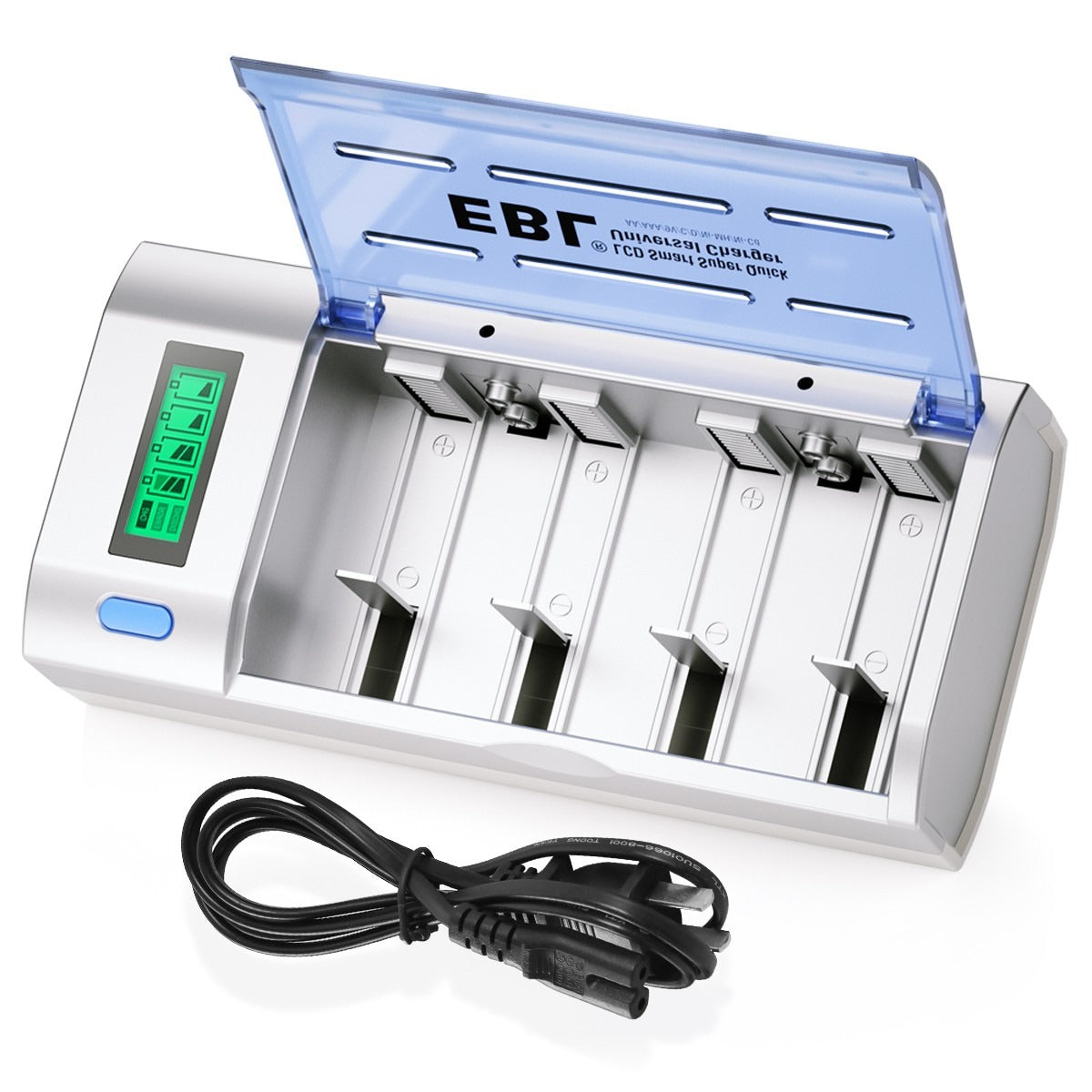
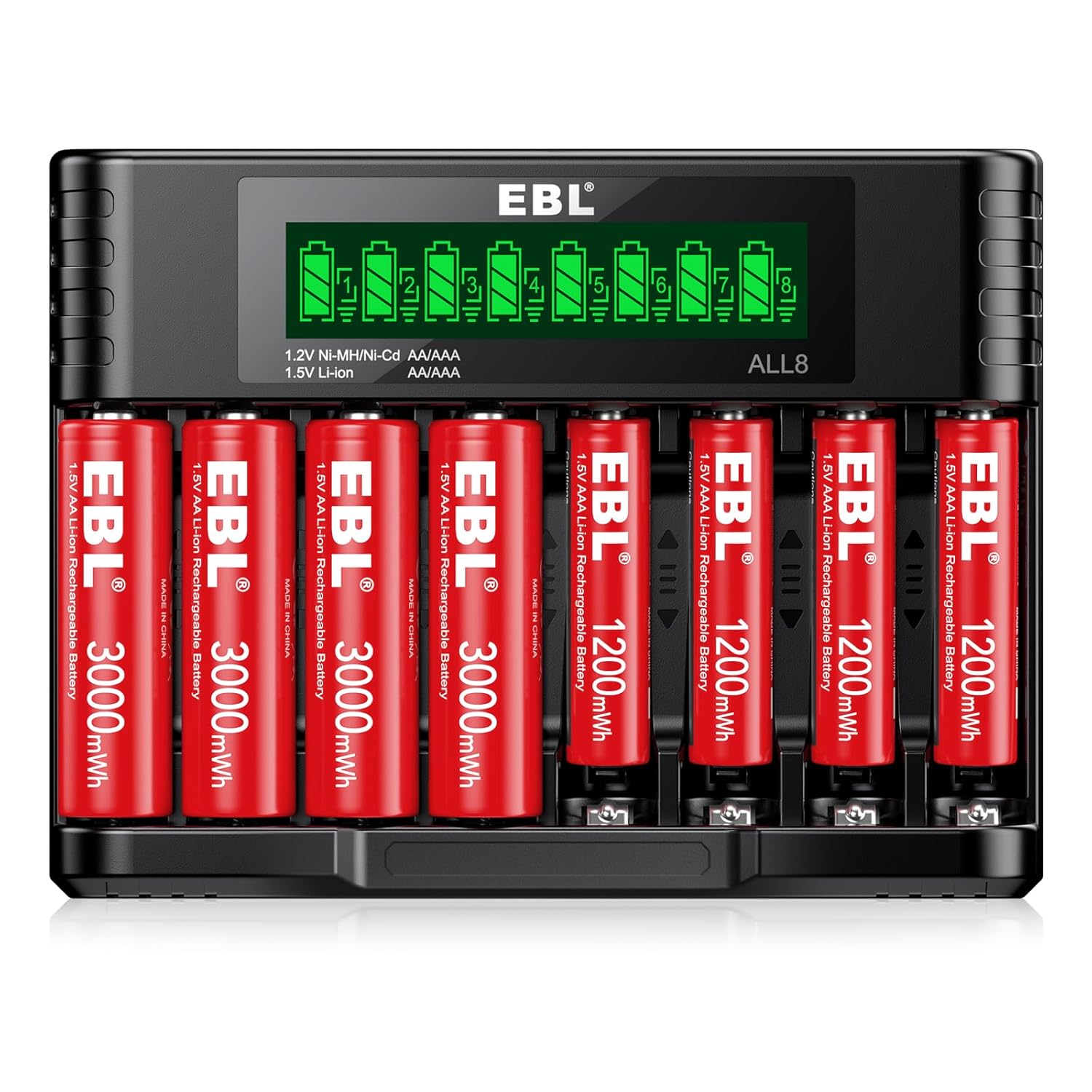
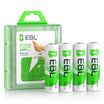
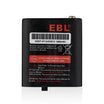
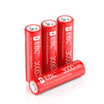
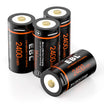
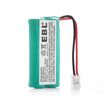
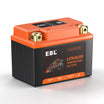
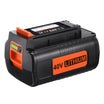
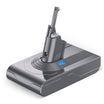
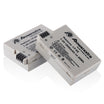
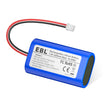
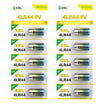
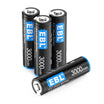
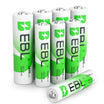
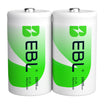
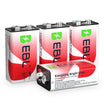
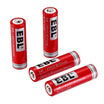
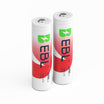
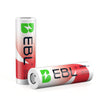
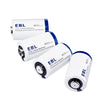
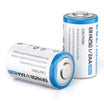
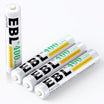
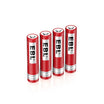
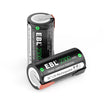
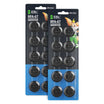
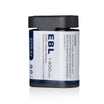
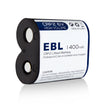
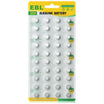
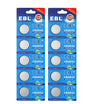
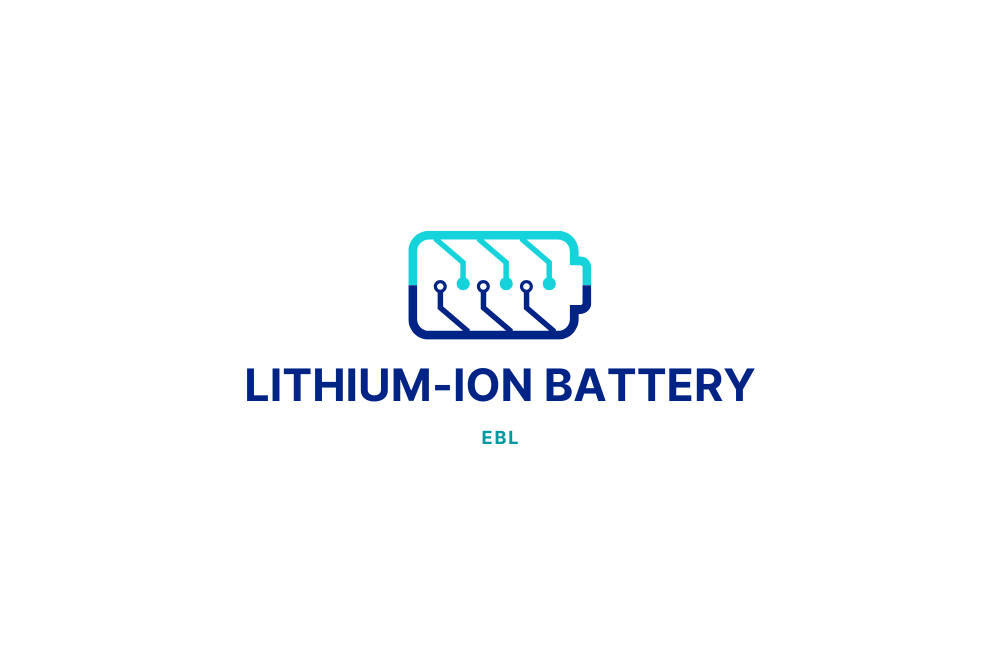
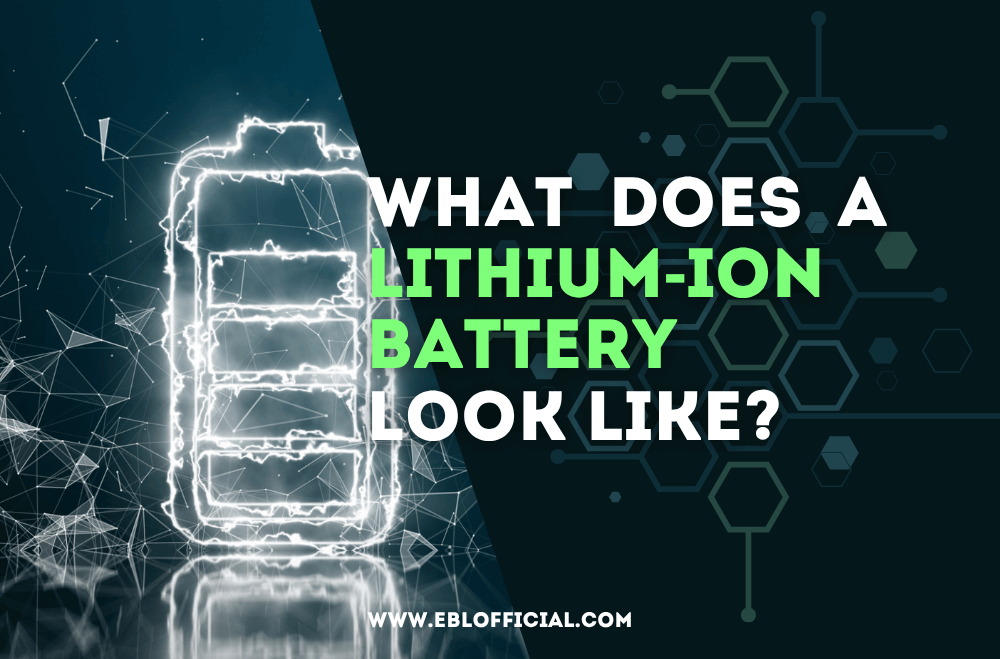
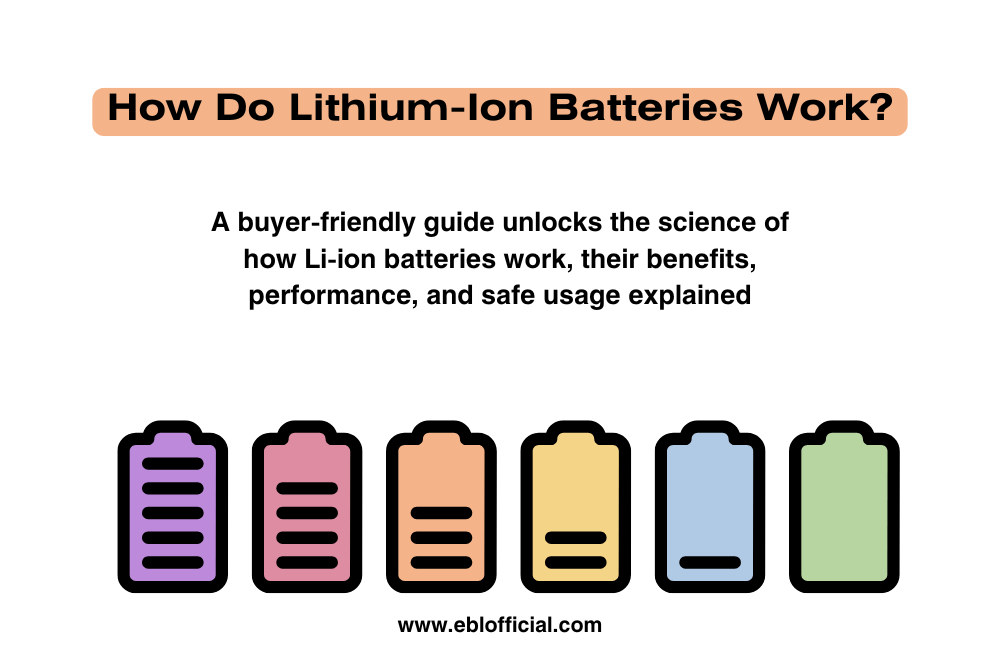
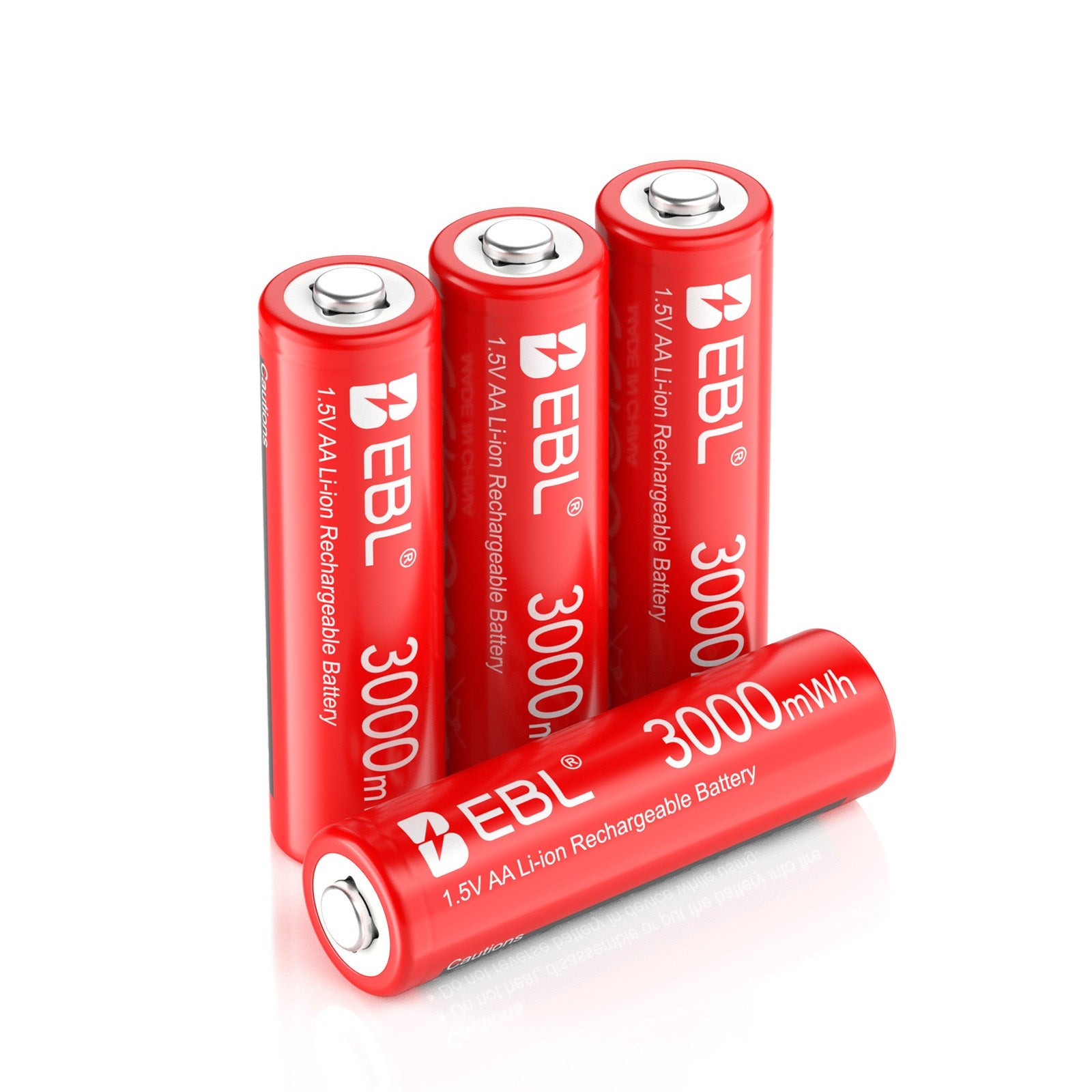
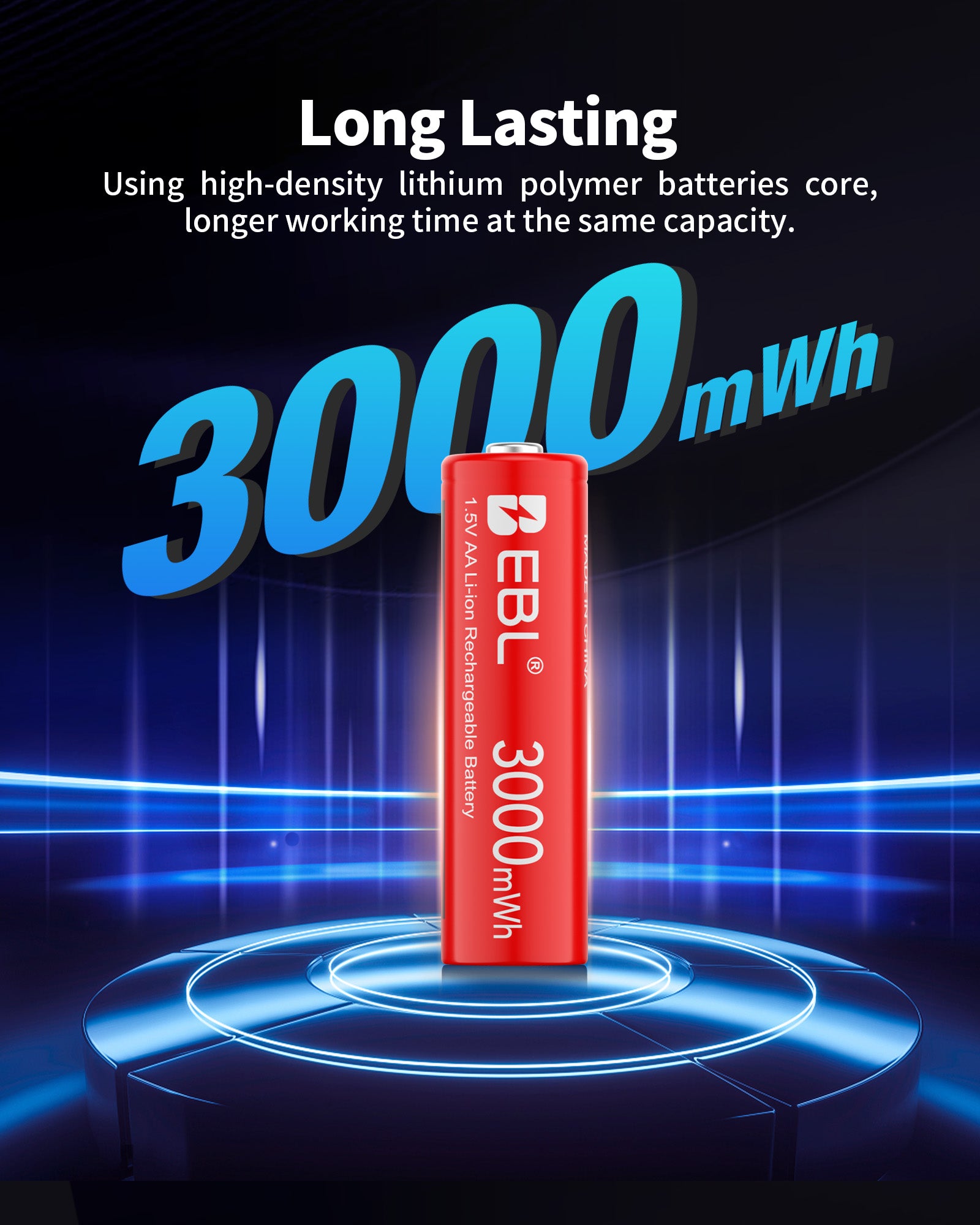
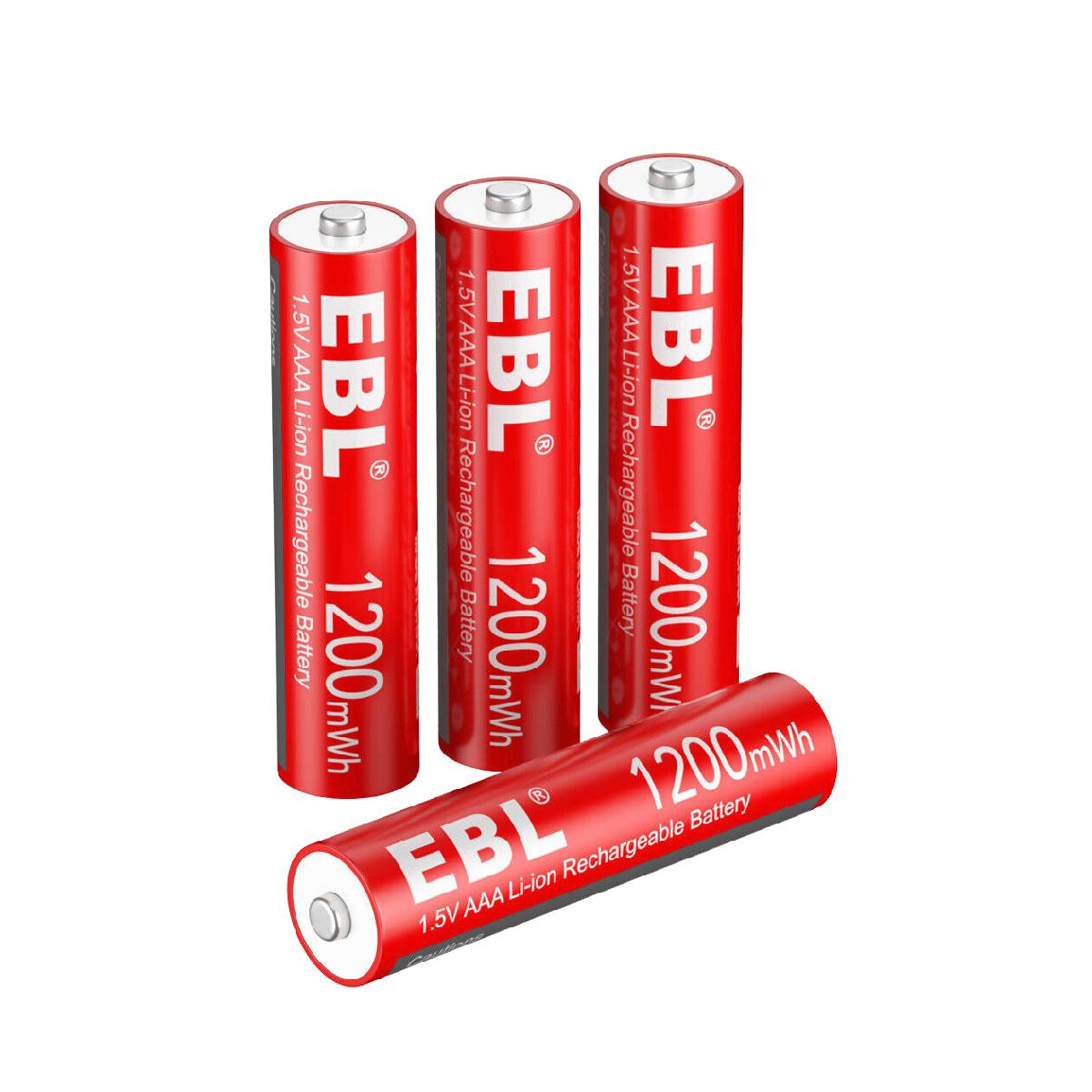
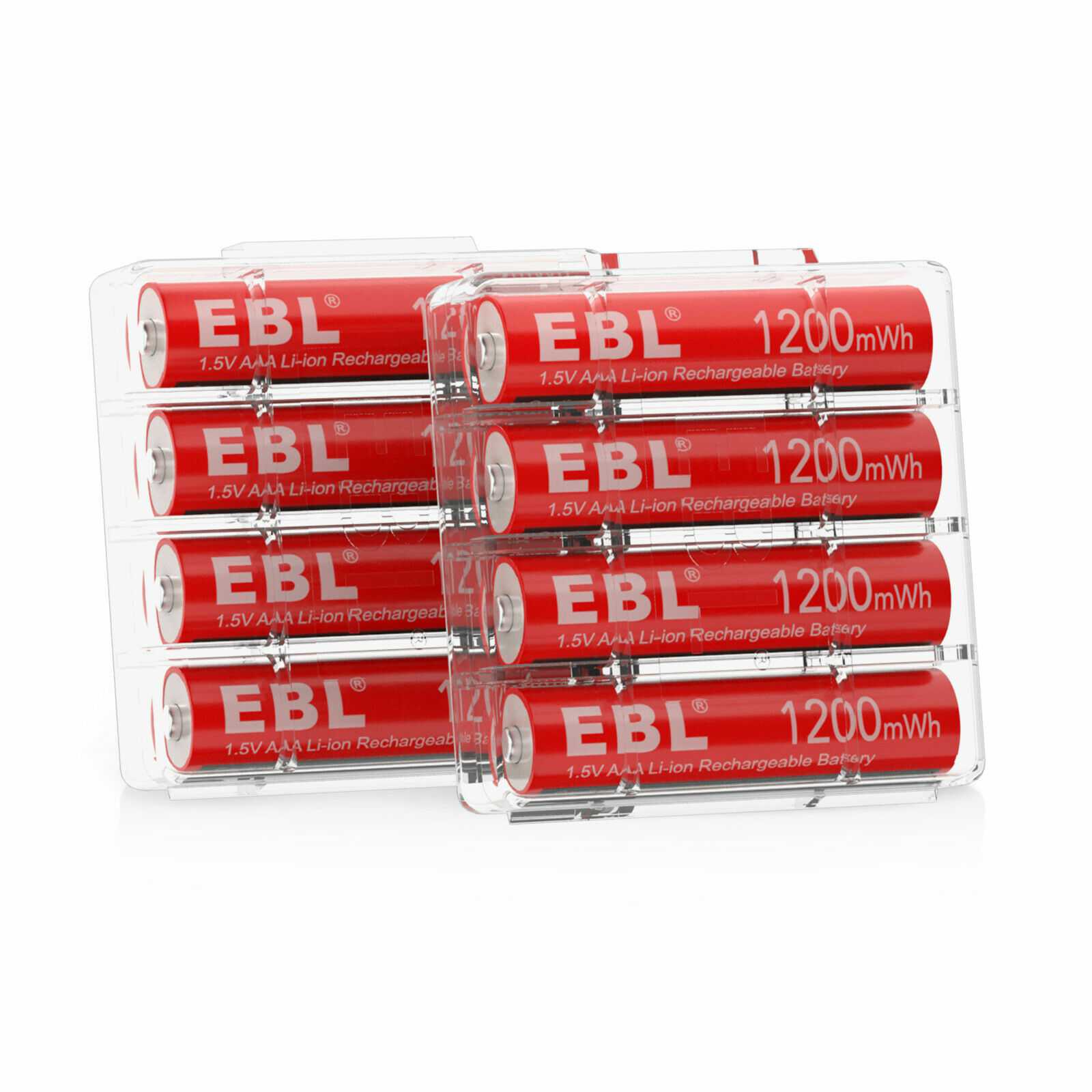
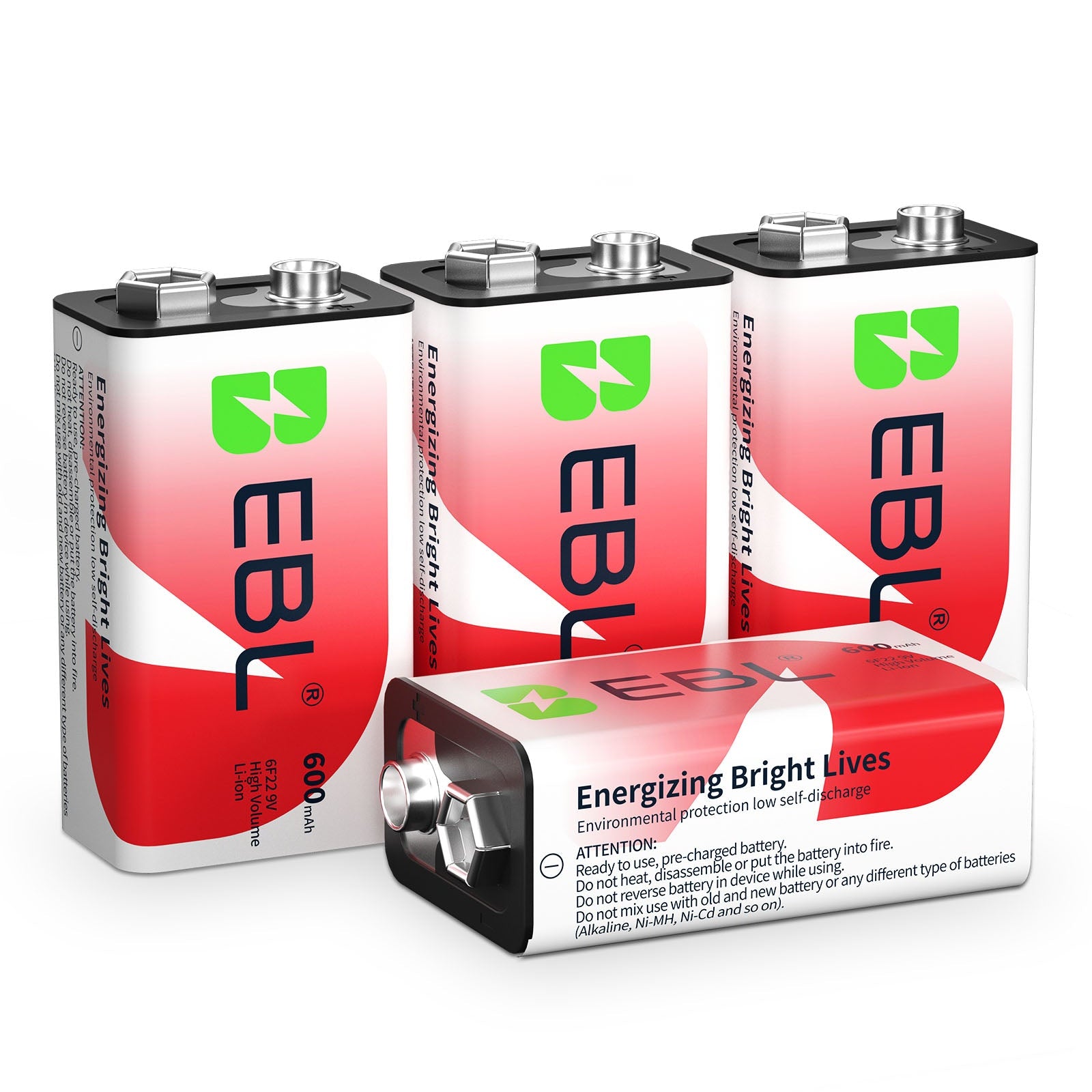
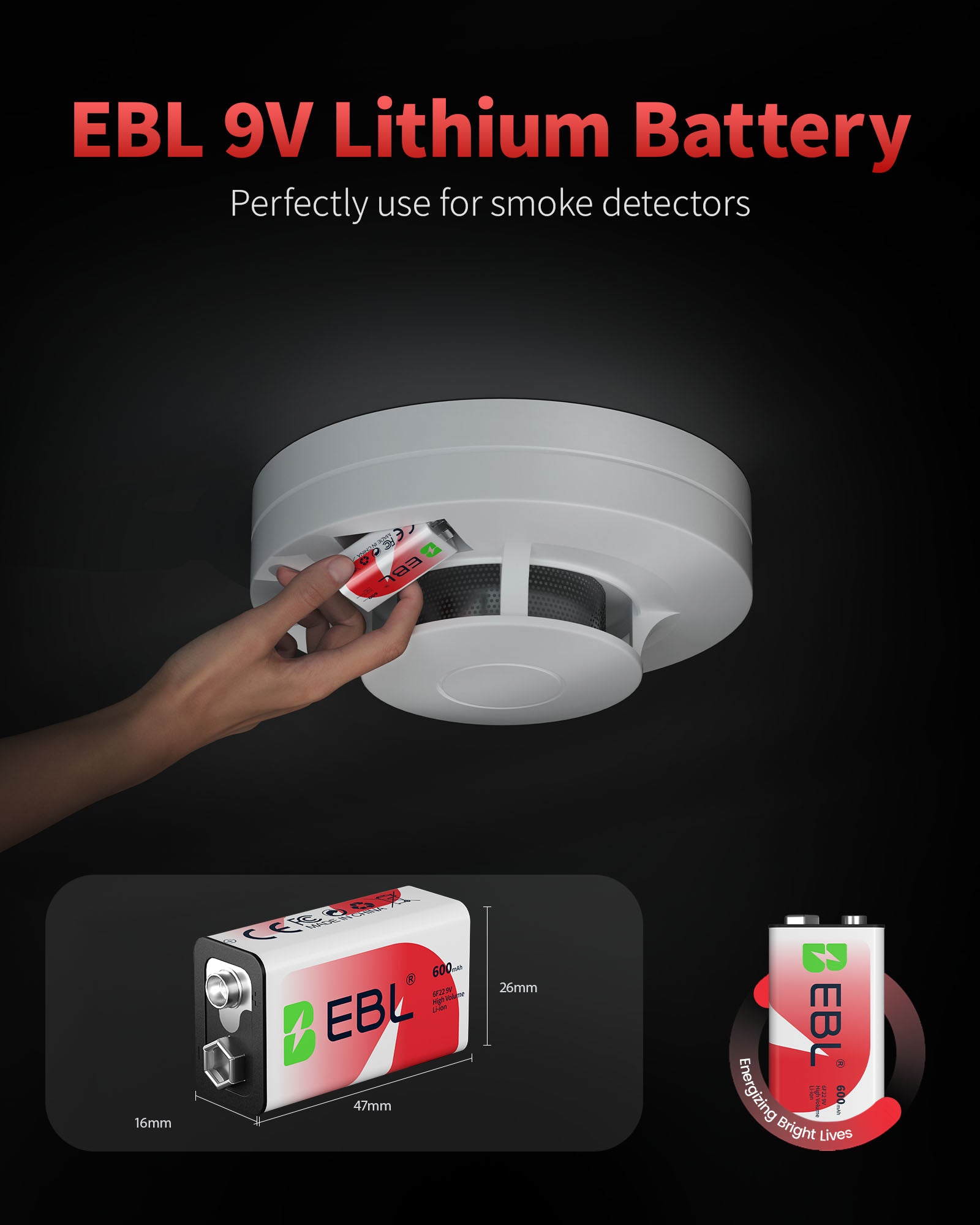
Leave a comment
All comments are moderated before being published.
This site is protected by hCaptcha and the hCaptcha Privacy Policy and Terms of Service apply.